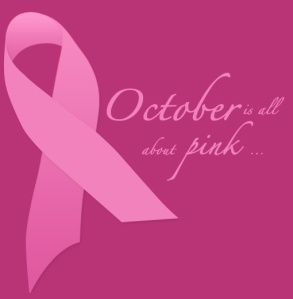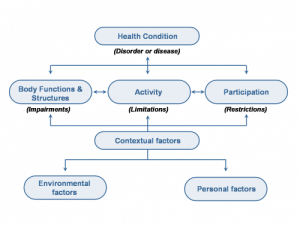Nigeria is the seventh most populous country in the world, but struggles with its healthcare system. For a country that is endowed with several natural resources, Nigeria fails at providing basic affordable quality care to the common Nigerian. According to a World Bank report, Nigeria spends 5.07% of its GDP on healthcare. [1] However, people in life threatening conditions are still being denied treatment at local clinics due to their lack of money. Very little progress has been made despite the fact that the country currently has two federal ministers of health.
The fundamental problem with the Nigerian healthcare system is its inability to serve the people for which it is made to serve. The National Health Insurance Scheme was introduced in Nigeria to make healthcare access more affordable. However, only four percent of Nigerians are registered under the national insurance scheme. [2] Some Nigerians can afford the costs of healthcare straight out from their pockets. So why privatize a system that should be set up to cater for Nigerians who do not have the financial capacity to afford healthcare?
Priority setting in Nigeria is another challenge for the country. The Ministry of Health is taking on projects that are not in the mission and agenda for which it was established. In addition to health, the ministry also focuses on other issues relating to the environment and natural gas, when there already is a Ministry of Environment. There is a huge discrepancy on the progress that the Ministry reports versus the actual state of health in Nigeria.
Even in the private sphere of healthcare, the quality has diminished. Dr. Ado Jimanda Gana Muhammad states that, “Over the years our quality of care has eroded. You can have everything right, but if the quality of care is not there it erodes confidence.” [3] Whether you are in the capital city of Abuja or as far north as Zaria, it is common to see people told to come back days because of a shortage of drugs and healthcare personnel. The healthcare system in Nigeria is inefficient because of the constraints set up in place to make effective decisions. The Federal Ministry of Health makes all the rules and hospital officials and administrators have little say.
Corruption in the healthcare system of Nigeria is a major hindrance to any intended progress. According to a report from The Center of Global Development, current budgets and fiscal expenditures do not correspond in several states. Furthermore, in Kogi state, forty two percent of healthcare staff are experiencing a six month lag in salary payments. [4] Currently, health workers in Nigeria are on a nationwide strike because of their lack of belief and confidence in the system. Corruption is even prevalent at the ministry of health’s highest office. The current minister, Onyebuchi Chukwu, has been accused of abusing his power as a government official.
The Nigerian healthcare system is failing as a national entity. Several interests are being pursued by several actors. There is no coordination at the federal level and no accountability. In order to move forward, the federal ministry of health needs to regain public trust. Furthermore, the healthcare crisis in Nigeria is an adaptive challenge that can only be solved by regulating distress and keeping the attention focused on key issues.
[1] World Bank Report. Trading Economics. 2012. http://www.tradingeconomics.com/nigeria/health-expenditure-total-percent-of-gdp-wb-data.html
[2] “NHIS Covers Only 4.3% of Nigerians”. National Mirror. 6 May 2000. http://nationalmirroronline.net/new/nhis-covers-only-4-3-of-nigerians-executive-secretary/
[3] “The Toughest Job In Nigerian Healthcare”. The Guardian. 11 September 2000. http://www.theguardian.com/global-development-professionals-network/2013/sep/11/primary-healthcare-nigeria-gavi-vaccines
[4] “Tackling Healthcare Corruption and Governance Woes in Developing Countries”. Maureen Lewis. Center For Global Development. May 2006. http://www.cgdev.org/files/7732_file_GovernanceCorruption.pdf





